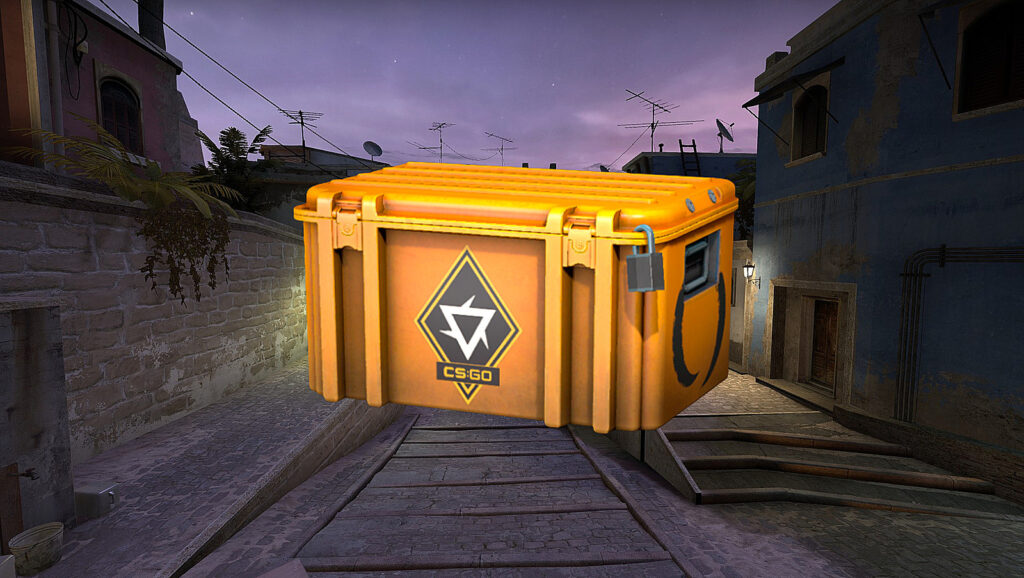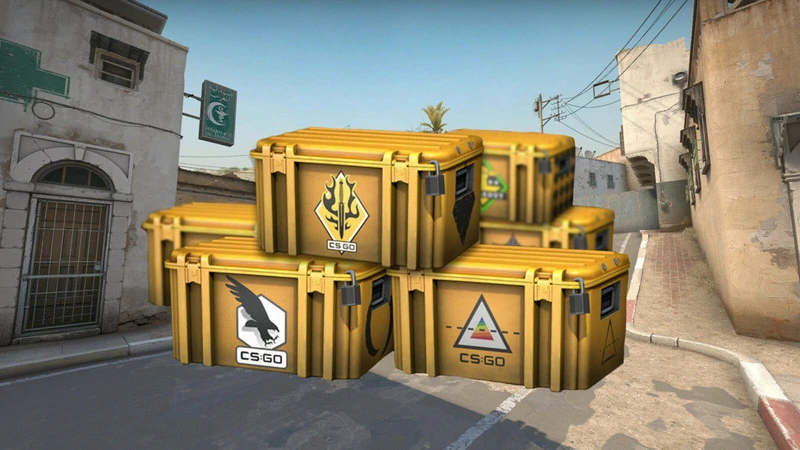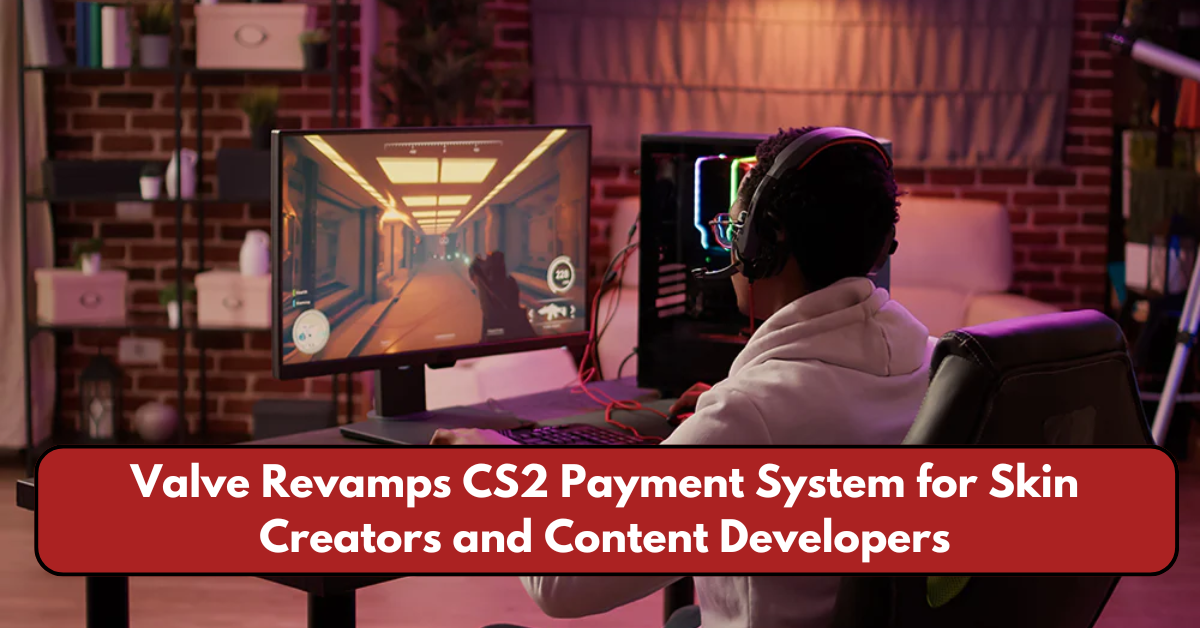Valve has recently introduced a significant update to the payment structure for in-game skin creators in Counter-Strike 2 (CS2), altering how content creators are compensated for their work. This change marks a shift from the traditional revenue-sharing model to a fixed daily payment system, sparking discussions among the community about its potential impact.
The Previous Model: Case-Based Royalties
Before this update, CS2 skin creators were compensated through a royalty-based system. When a case containing their skins was purchased and opened by players, creators would receive a share of the earnings from that sale. This model had been in place for years, allowing popular skin designers to earn substantial amounts if their designs were featured in widely used cases.
While the case-based system provided substantial revenue opportunities for successful creators, it also introduced unpredictability. The earnings of a skin creator depended largely on the popularity and frequency of case openings, leaving some designers without consistent income.
The New Fixed Daily Payment Model
Under the new system, Valve has introduced a structured daily payment plan for skin creators. Instead of earning royalties per case sale, creators will now receive a fixed daily payment for each day their item remains available in the CS2 Armory. The Armory is an in-game marketplace where players can purchase skins directly.
Valve has not disclosed the exact amount creators will be paid under this new scheme. However, the shift aims to offer more financial stability by ensuring a guaranteed income rather than fluctuating payments based on case sales. While some creators may benefit from this change, others worry that it could reduce overall earnings, especially for those whose skins were previously included in high-selling cases.
Why the Change? Legal and Market Implications

One major reason behind this payment structure overhaul could be related to legal and regulatory scrutiny surrounding loot boxes. In recent years, various governments have scrutinized and even imposed restrictions on loot box mechanics, viewing them as a form of gambling. The European Union and countries like Belgium and the Netherlands have already taken measures to ban or heavily regulate loot box transactions (European Commission).
By transitioning towards a fixed payment system tied to direct purchases in the CS2 Armory, Valve may be positioning itself to avoid potential legal challenges in certain regions. This model aligns with a more transparent approach, reducing concerns about gambling-like mechanics in loot boxes.
Community Reactions and Concerns
The CS2 skin creator community has expressed mixed reactions to the new model. Some designers appreciate the predictability of a daily income, as it removes the volatility associated with case sales. However, others worry that the fixed payments might not match the lucrative earnings some creators enjoyed under the royalty-based system.
A prominent concern is whether the new model will discourage innovation among creators. If the fixed daily payments are set too low, artists may feel less incentivized to design high-quality skins, knowing that their earnings will remain the same regardless of a skin’s popularity.
On platforms like Reddit, users have debated the merits of the new structure, with some arguing that it benefits newcomers while others believe it reduces the financial rewards for top designers (Reddit Discussion).
The Future of CS2 Skins and the Armory
This update also signals a potential shift in how Valve wants skins to be distributed in CS2. The emphasis on the Armory suggests that Valve is pushing for direct sales rather than case-based systems, which have traditionally been the primary way players acquire skins.
If this shift continues, it could reshape the entire CS2 skin economy. Players may begin seeing fewer traditional case openings and more direct purchase options, similar to the model used in other popular games like Fortnite or Valorant.
Additionally, this move might pave the way for further changes to how community-created content is handled in Counter-Strike 2. With fixed daily payments, Valve could have more control over what skins remain in circulation and how long they are available in the Armory.
Looking Ahead

While the long-term impact of this payment structure remains uncertain, one thing is clear: Valve is actively reshaping how CS2’s in-game economy functions. For content creators, adapting to this new system will be crucial, as their earnings and exposure will now be tied directly to how long their skins are featured in the Armory.
Players, too, will need to adjust to potential changes in how they acquire skins. If Valve continues down this path, the CS2 marketplace may evolve into a model more in line with current gaming industry trends, focusing on direct purchases over randomized loot box mechanics.
As the gaming industry continues to navigate legal challenges surrounding in-game economies, this move by Valve may set a precedent for other game developers looking to refine their monetization strategies while avoiding legal pitfalls.
For more information on gaming regulations, visit the Federal Trade Commission or the European Commission.
This article has been carefully fact-checked by our editorial team to ensure accuracy and eliminate any misleading information. We are committed to maintaining the highest standards of integrity in our content.

Premlata is a seasoned finance writer with a keen eye for unraveling complex global financial systems. From government benefits to energy rebates and recruitment trends, she empowers readers with actionable insights and clarity. When she’s not crafting impactful articles, you can find her sharing her expertise on LinkedIn or connecting via email at [email protected].




